Sustainable Farming & Regenerative Agriculture
Introduction
As the global population continues to grow and environmental challenges become more pressing, the way we produce food has come under scrutiny. Agriculture, an essential component of human civilization, is responsible for feeding the world’s population. However, traditional farming methods, which often involve intensive land use, monocropping, and heavy reliance on chemical inputs, have taken a toll on the environment. As a result, sustainable farming and regenerative agriculture have emerged as transformative approaches to address these challenges. These methods focus on preserving natural resources, promoting biodiversity, and restoring ecosystems while maintaining food production.
In this blog, we will explore the principles of sustainable farming, delve into the practices of regenerative agriculture, and discuss their benefits for both the environment and farmers. By the end, it will become clear why these methods are critical for ensuring food security and environmental health in the long term.
What Is Sustainable Farming?
Sustainable farming, at its core, is an agricultural system that seeks to balance environmental health, economic profitability, and social equity. Unlike conventional farming, which often prioritizes short-term yields at the expense of the ecosystem, sustainable agriculture focuses on long-term solutions to ensure that farming practices are ecologically sound, economically viable, and socially responsible.
Key Principles of Sustainable Farming:
- Resource Efficiency: Sustainable farming minimizes the use of non-renewable resources and aims to reduce water, soil, and energy waste. By using renewable resources like solar power for irrigation or natural fertilizers such as compost, farmers can reduce their environmental footprint.
- Soil Health: Healthy soil is the foundation of sustainable agriculture. Practices like crop rotation, reduced tillage, and cover cropping prevent soil erosion, improve soil structure, and boost its organic matter content. This, in turn, increases the soil’s ability to retain water and nutrients, leading to better crop yields and reduced dependence on chemical inputs.
- Biodiversity: Sustainable farms prioritize biodiversity by planting a variety of crops and maintaining natural habitats around farming areas. This promotes healthy ecosystems and provides habitats for beneficial organisms such as pollinators and natural predators of pests.
- Water Conservation: With water becoming an increasingly scarce resource in many parts of the world, sustainable farming focuses on efficient water use through methods like drip irrigation, rainwater harvesting, and the use of drought-resistant crops.
- Animal Welfare: Sustainable livestock farming ensures that animals are raised in humane conditions, with adequate space and access to natural food sources, reducing the need for antibiotics and hormones.
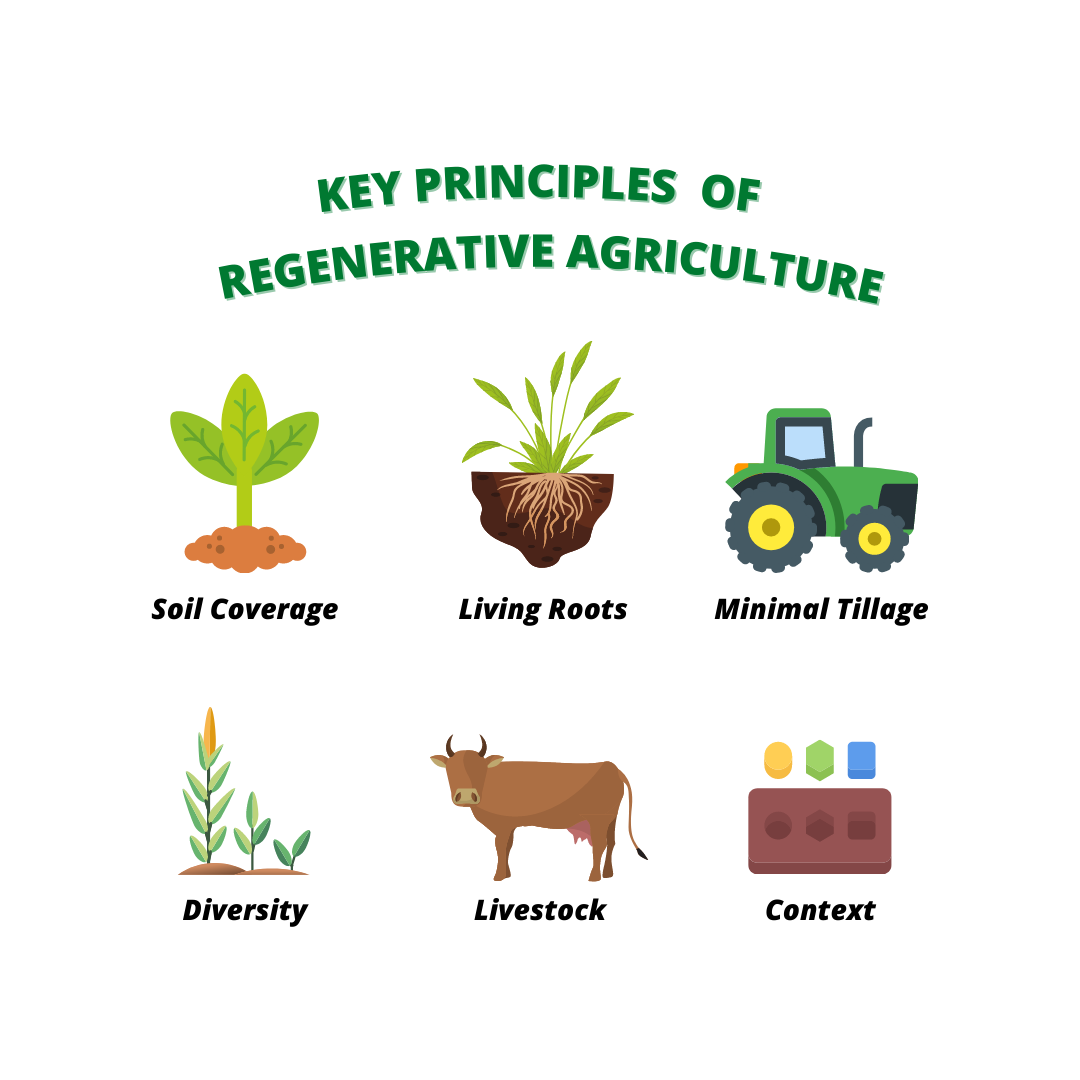
What Is Regenerative Agriculture?
While sustainable farming is about maintaining the current health of the environment, regenerative agriculture goes a step further. It is a system of farming that actively seeks to regenerate and restore ecosystems that have been degraded by industrial farming practices. The goal is not just to sustain but to rebuild soil health, increase biodiversity, and sequester carbon in the soil.
Key Practices of Regenerative Agriculture:
- No-Till or Reduced-Till Farming: Tillage, the process of turning over the soil, is common in conventional farming but can lead to soil erosion and a decline in soil health. Regenerative farming minimizes or eliminates tillage, allowing the soil to retain its structure and microbial life, which is vital for nutrient cycling.
- Cover Cropping: Instead of leaving fields bare between growing seasons, regenerative farmers plant cover crops, which protect the soil from erosion, improve soil fertility, and increase organic matter. These crops also provide food and habitat for beneficial insects and microorganisms.
- Agroforestry: This practice involves integrating trees and shrubs into farmland. Trees not only sequester carbon but also improve water retention, provide shade for crops, and prevent wind erosion. Agroforestry systems are highly biodiverse and can support both crop production and livestock.
- Holistic Grazing Management: Livestock grazing, when managed carefully, can mimic the natural movement of wild herbivores and promote healthier ecosystems. Rotational grazing, where animals are moved frequently between pastures, prevents overgrazing and allows grasses and other plants to recover, increasing biodiversity and improving soil structure.
- Composting and Organic Fertilizers: Regenerative farms focus on building soil fertility naturally through composting, manure, and other organic materials. These materials improve soil structure, water retention, and provide essential nutrients for crops, reducing the need for synthetic fertilizers.
- Carbon Sequestration: One of the key goals of regenerative agriculture is to trap carbon in the soil through practices that promote soil health and organic matter. Healthier soil stores more carbon, making agriculture a potential solution to climate change rather than a contributor to it.
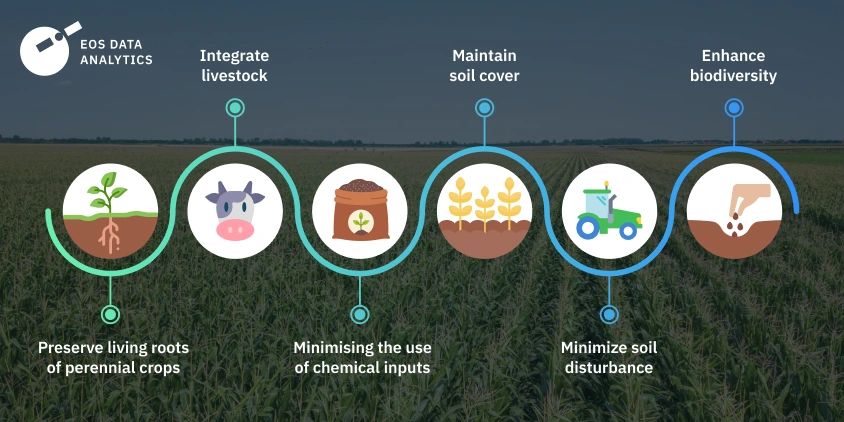
Benefits of Sustainable and Regenerative Agriculture –
The transition to sustainable and regenerative agriculture comes with significant benefits, both for the environment and the farmers.
1. Improved Soil Health
Both sustainable and regenerative practices focus on enhancing soil health. Healthy soil is the key to long-term agricultural productivity, as it supports the growth of nutrient-dense crops and enhances water retention. Over time, healthier soils reduce the need for chemical fertilizers, leading to cost savings for farmers.
2. Climate Change Mitigation
Regenerative agriculture, in particular, has the potential to combat climate change by sequestering carbon in the soil. Agroforestry, cover cropping, and no-till practices can significantly reduce the amount of carbon dioxide in the atmosphere, helping to offset emissions from other sectors.
3. Biodiversity Preservation
By promoting crop diversity, preserving natural habitats, and using organic pest control methods, sustainable and regenerative farms support biodiversity. This creates more resilient ecosystems that can withstand pests, diseases, and changing climate conditions.
4. Economic Resilience for Farmers
Sustainable practices help farmers become more resilient to market and environmental shocks. By diversifying crops and improving soil health, farmers are less reliant on external inputs like chemical fertilizers and pesticides. Additionally, regenerative methods that promote soil health can lead to higher yields over time.
5. Water Conservation
Sustainable and regenerative agriculture practices are designed to improve water retention in the soil and reduce water waste. This is particularly important in regions facing water shortages. Techniques like cover cropping and agroforestry enhance soil structure, allowing it to retain more moisture, thus reducing the need for irrigation.
6. Enhanced Food Security
Healthier soils and ecosystems lead to more reliable and productive farms, ensuring a stable food supply. By adopting practices that preserve the land for future generations, sustainable and regenerative farming supports long-term food security.
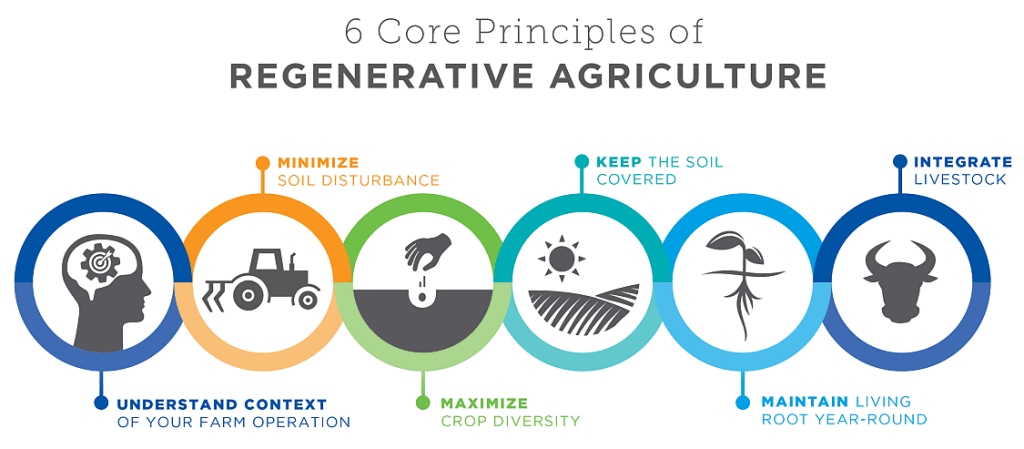
Sustainable and Regenerative Agriculture
The Road Ahead
The shift toward sustainable farming and regenerative agriculture is more than just a trend; it is a necessity. As we face the dual challenges of feeding a growing global population and addressing environmental degradation, these farming practices offer a solution that is both ecologically and economically viable. By embracing methods that prioritize soil health, biodiversity, and carbon sequestration, we can create a food system that not only meets our current needs but also restores the planet for future generations.
Farmers, policymakers, consumers, and scientists all have a role to play in advancing these agricultural practices. By supporting regenerative farming, we can move towards a future where agriculture is not just sustainable but regenerative—rebuilding ecosystems, combatting climate change, and ensuring a secure food supply for generations to come.

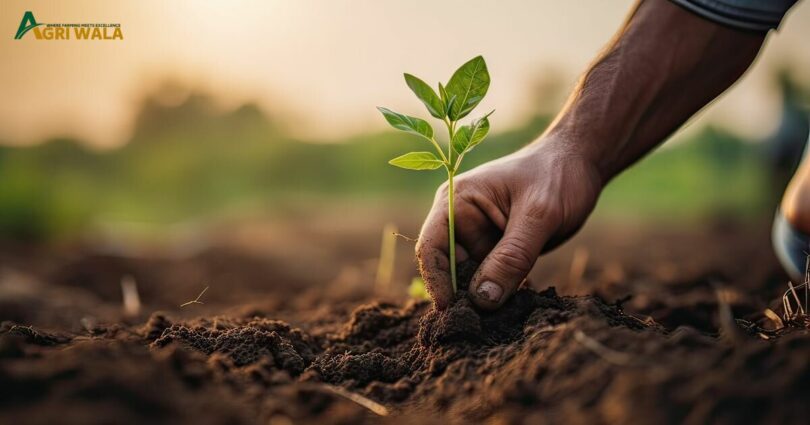

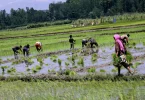

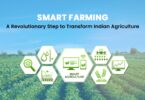
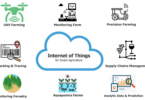

Leave a Comment